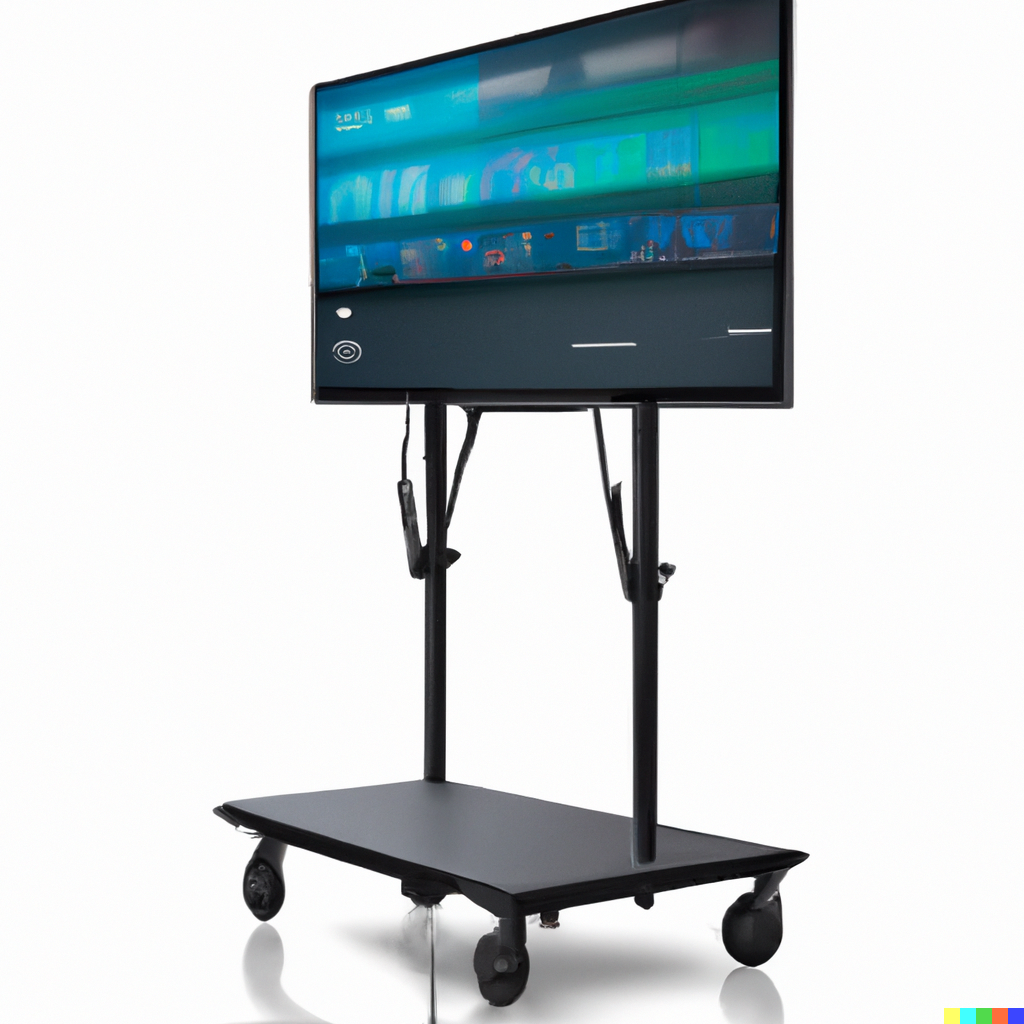Whiteboards + Creativity = Fun, Interactive Learning!

Are you tired of boring, monotonous lessons in the classroom? Do you want to make learning more fun and interactive for your students? Look no further than the humble whiteboard! Whiteboards are not just for writing notes and solving math problems; they can also be a powerful tool for unleashing creativity and making lessons more engaging. In this article, we’ll explore how whiteboards can boost creativity and make learning more fun and interactive.
Unleash Your Inner Picasso: How Whiteboards Boost Creativity in the Classroom!
Whiteboards provide a blank canvas for students to express their creativity. Instead of just listening to lectures, students can actively engage with the material by visually representing their ideas on the whiteboard. This encourages them to think more critically and creatively about the lesson content. Additionally, since whiteboards are erasable, mistakes can easily be corrected, freeing students to experiment with different ideas without fear of failure.
Using whiteboards can also foster collaboration and teamwork. Students can work together to brainstorm ideas and visually map out their thought processes. This can lead to more dynamic and innovative solutions to problems, as students bounce ideas off each other and build on each other’s contributions. Overall, incorporating whiteboards into the classroom can encourage students to tap into their inner Picasso and foster a more creative and collaborative learning environment.
From Dull to Dynamic: How Whiteboards Make Learning Fun and Interactive!
Gone are the days of dull, static lessons where students are mere passive spectators. Whiteboards can make learning more dynamic and interactive by allowing students to actively engage with the material. For example, in a history class, students can use the whiteboard to create a timeline of major events, or in a science class, they can draw diagrams to better understand complex concepts.
Whiteboards can also be used for fun and interactive games that reinforce lesson content. Teachers can create Jeopardy-style quizzes or other games that require students to use the whiteboard to answer questions. This turns learning into a fun and engaging experience that students will look forward to.
In conclusion, incorporating whiteboards into the classroom can boost creativity, foster collaboration, and make learning more fun and interactive. By providing a blank canvas for students to visually represent their ideas and encouraging them to actively engage with the material, teachers can create a more dynamic and innovative learning environment. So next time you’re planning a lesson, don’t forget to grab a whiteboard and unleash your students’ inner Picassos!
The possibilities are endless when it comes to using whiteboards in the classroom. From brainstorming to games, whiteboards can be used in a variety of ways to make lessons more engaging and interactive. So why not give it a try and see how it can enhance your teaching and your students’ learning experience?





